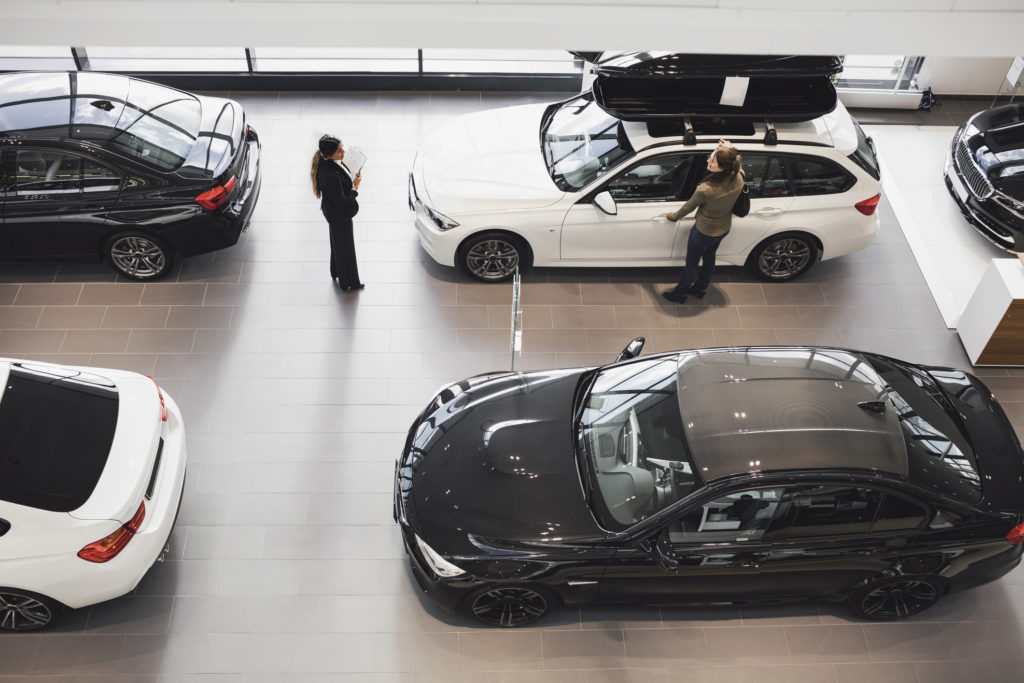Which carmakers are updating their electric-vehicle strategies?
09 March 2022

As the automotive industry embraces electric vehicles (EVs) and new car technologies, OEMs are constantly developing their electrification plans. Targets and deadlines for electrified cars, connected-car systems and autonomous vehicles are shifting on a yearly basis as OEMs prepare to introduce new powertrains. Autovista24 deputy editor Tom Geggus, and editor Phil Curry, cover the latest developments of Stellantis, Hyundai and Kia.
Show notes
Ford forms separate electric-vehicle and internal-combustion engine companies
Stellantis launches strategic plan focusing on electric vehicles and sustainability
Two more Stellantis brands to sell only battery-electric vehicles
Fiat to go all electric by 2030
Kia to accelerate electric-vehicle and connected-technology plans
Hyundai scales up electric-vehicle business with €14.5 million investment
Stellantis: Opel to become purely electric in record time
Podcast synopsis
Off the back of its EV6 winning European Car of the Year, Kia has updated its EV strategy, adding three new vehicles to its future launch roster. The South Korean carmaker, which is part of Hyundai, is now planning for 14 battery-electric vehicles (BEVs) by 2027, with two pickup trucks and an entry-level car joining its line-up. The Kia EV9, which is due to launch in 2023, will also feature some firsts for the OEM, with over-the-air (OTA) updates and features-on-demand (FoD) functionality – services that will be rolled out to all Kia models in the coming years. This increase in technology will allow the company to find new profit streams in an ever-changing automotive market.
Overseeing 14 brands, Stellantis’ vehicle electrification announcements are always enormous, and its recent Dare Forward strategy was no different. The Jeep, Ram and Opel brands all had their electrification timelines laid out. They join the ranks of DS, Alfa Romeo, Lancia, and Maserati, which have already set out their targets and ambitions. All this electrification will also require plenty of batteries, which is why the automotive company announced the upping of its production capacity to 400GWh. Additionally, Stellantis will push forward with hydrogen, focusing on the commercial vehicle sector in the next couple of years.
As part of its drive towards further sustainability, Hyundai has refreshed its EV and technology plans. The carmaker has increased its annual BEV sales target to 1.87 million units by 2030, with 17 new models by the end of the decade. This will include 11 Hyundai-branded vehicles, and six for its luxury Genesis brand. This means the carmaker will be making substantial investments in its EV business, including consideration for a new car production facility and strategic partnerships to develop car battery supply. Hyundai will also be investing in autonomous technology, including SAE Level 3 driving functions.
Under its Ford+ strategy introduced last year, the American carmaker will be forming two separate divisions, one to focus on electromobility and development, while the other works on internal-combustion engines (ICEs) and cost reduction. Known respectively as Ford Model e and Ford Blue, the two ventures will be set up as separate companies that share their experience and know-how. The Detroit-based firm wants to produce more than two million EVs annually by 2026. This will require plenty of funding from Ford Blue and continual development by Ford Model e. The company expects to spend $5 billion (€4.6 billion) on EVs this year, double the amount invested last year.



